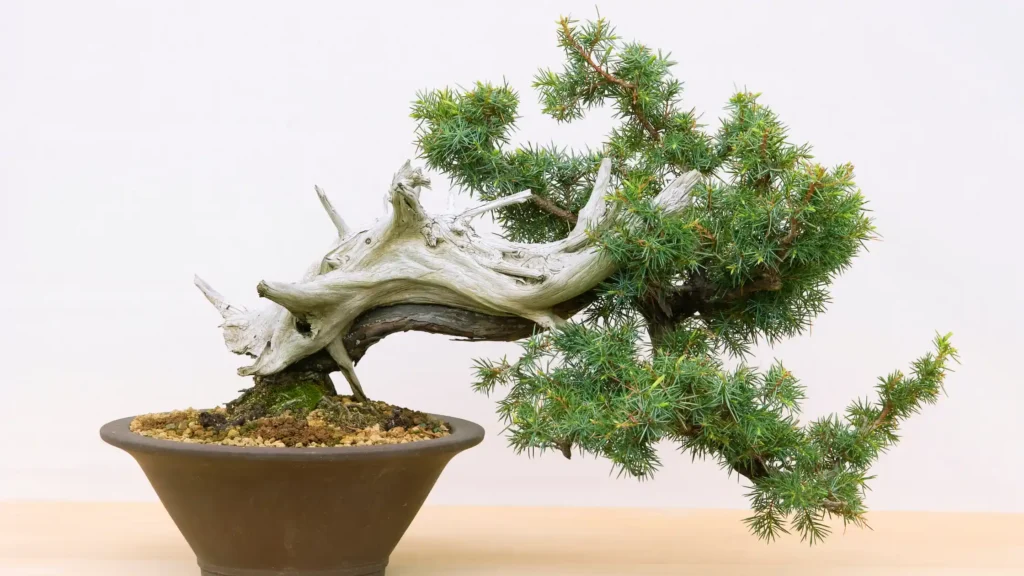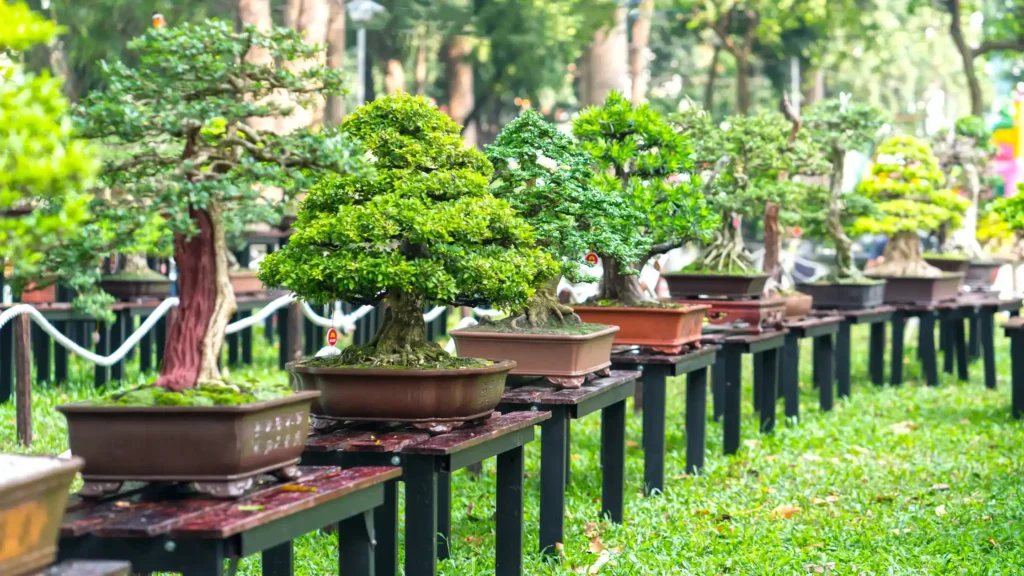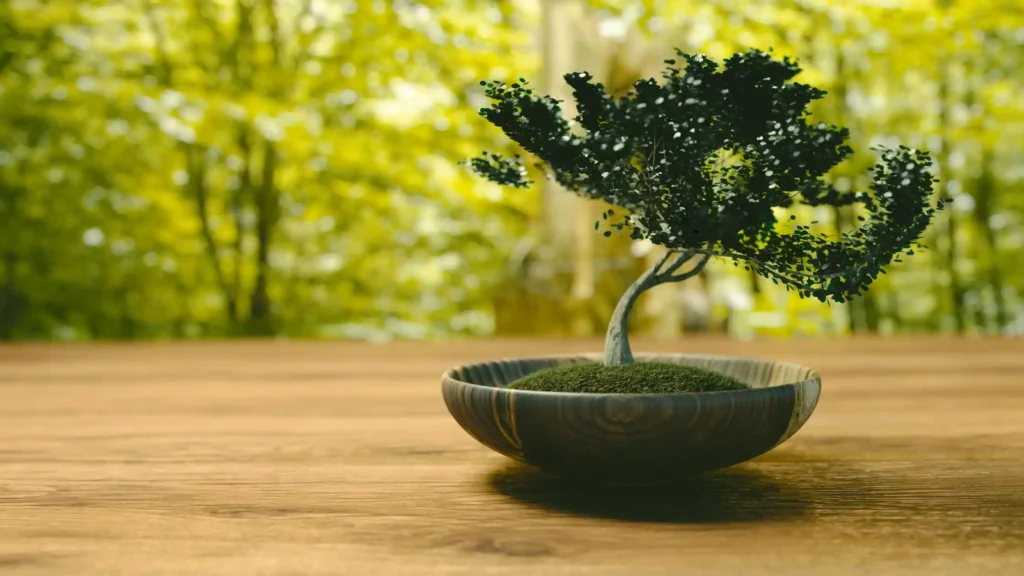Growing Bonsai Trees Without Soil: A Simple Guide
Have you ever wanted to grow a tiny tree that doesn’t need dirt? That’s what hydroponic bonsai is all about! It’s a new way to grow these beautiful mini trees using just water and plant food instead of soil. Let’s explore this exciting mix of old traditions and new ideas.
What Is Hydroponic Bonsai?

Hydroponic bonsai means growing tiny trees in water with nutrients instead of soil. There are two main ways to do this:
- Using special equipment with pumps and lights
- Growing trees in glass jars with their roots in water
The cool thing about water bonsai is that you can see the roots! This gives your tree a unique look that many people love. Imagine having friends over and showing them your beautiful tree floating in water – it’s definitely a conversation starter!
Some people who grow bonsai have already been moving away from soil without even realizing it. For years, serious bonsai growers have been using materials like baked clay, pumice, and granite chips instead of regular soil. This trend has naturally led to trying out full water systems.
Why Try Hydroponic Bonsai?
There are some great reasons to try growing bonsai this way:
- Faster Growth: Trees often grow much faster in water than in soil. One study showed water-grown trees had trunks almost twice as thick as soil-grown trees after just two years!
- Less Mess: No soil means no dirt to clean up when watering or replanting
- Fewer Bugs: Without soil, many pests can’t bother your trees, making care much easier
- Less Watering: Some setups need water changes only every few months, which is perfect for busy people
- Cool Look: Seeing the roots through glass creates a beautiful display that traditional bonsai can’t match
Plus, it’s a great way to try something new if you’ve been growing traditional bonsai for a while and want a fresh challenge.
Different Ways to Grow Hydroponic Bonsai
There are several systems you can use, depending on how much time and money you want to spend:
Deep Water Culture
This is where the tree’s roots hang directly in oxygen-rich water. Air pumps (like the ones used in fish tanks) keep bubbling oxygen into the water to prevent root rot. This works great for trees that naturally like wet conditions, like willows.
Ebb and Flow Systems
These systems flood the growing area with nutrient-rich water and then drain it back out. This cycle gives roots both water and air, which they love! The tree sits in a special medium, like clay pebbles that support it while letting water flow through.
Aqua Bonsai
This simpler method uses glass containers where you can see the roots. It’s beautiful to look at and doesn’t need as much equipment as other methods.
Best Trees for Water Growing
Not all trees work well in water. These types do best:
- Ficus: Especially Ficus microcarpa, which grows great roots in water. These tropical trees adapt really well to indoor conditions.
- Weeping Willow: These love water and grow super fast in hydroponic systems. Some people report seeing incredible growth in just weeks!
- Maple: Trident maple works well in hydroponic systems and develops beautiful roots
- Schefflera: These tropical plants do great indoors in water and have lovely umbrella-shaped leaves
- Carmona: Also called Fukien Tea, these make beautiful indoor bonsai with small white flowers
- Ginkgo: These ancient trees with fan-shaped leaves can adapt well to water systems
Trees to avoid or be careful with:
- Pines and junipers might get root rot in water because they prefer drier conditions
- Trees that need cold winters (like many outdoor bonsai) might struggle indoors
How to Start Your Own Hydroponic Bonsai

Simple Water Jar Setup
- Find a nice glass container – vases or wide-mouth jars work great
- Fill with clean water (filtered is best, but tap water left out overnight works too)
- Add a little plant food made for hydroponics (available at garden stores)
- Place your tree so its roots are in water but the trunk stays dry
- Change the water regularly to keep it fresh and prevent algae growth
- Place in a spot with good light but not direct, hot sun
This simple setup is perfect for beginners and costs very little to start!
Better System for Faster Growth
- Get a container with holes for air flow – specialized hydroponic pots work great
- Use an air pump to bubble oxygen into the water (fish tank pumps work perfectly)
- Add proper plant nutrients specifically designed for hydroponics
- Keep in a bright spot but not direct hot sun that could overheat the water
- Change the water every 2-3 weeks to prevent nutrient buildup
- Monitor water temperature – around 70°F (21°C) is ideal for most trees
For the truly dedicated, you could set up a complete system with grow lights, automatic pumps, and even CO2 enhancement. Some bonsai enthusiasts have created amazing setups that help trees grow incredibly fast!
Taking Care of Water Bonsai
Looking after hydroponic bonsai is different from soil bonsai:
- Water: Keep it clean and full of oxygen with an air pump. Stagnant water will kill your tree’s roots!
- Food: Use special hydroponic plant food, not regular fertilizer. These provide all the nutrients in a form that trees can easily use.
- Light: Place near windows or use grow lights. Most bonsai species need plenty of light to thrive.
- Cleaning: Change the water regularly to prevent algae and bacteria buildup. Clear containers may need more frequent changes to prevent green algae growth.
- Humidity: Mist the leaves regularly, especially if you keep your tree indoors where the air can be dry
- Trimming: Just like regular bonsai, you’ll still need to trim branches to maintain the shape and size you want
If leaves start to droop, don’t panic! This often happens when a tree is adjusting to water. Increase humidity by misting and give it time to develop water roots, which look different from soil roots.
Water Bonsai vs. Soil Bonsai
Water Bonsai Wins At:
- Growing faster – some trees show years’ worth of growth in just months
- Needing less daily care – no daily watering needed
- Having fewer pest problems – no soil means fewer bugs and diseases
- Creating a modern, unique look with visible roots
- Using less water overall through recycling
- Being easier for beginners to manage water levels
Soil Bonsai Wins At:
- Following traditional methods with thousands of years of history
- Having a proven track record of centuries – some soil bonsai trees are hundreds of years old!
- Creating the classic bonsai look that most people recognize
- Being more established for display in traditional bonsai exhibitions
- Having more information available for learning
Fun Projects to Try

Want to get started? Here are some simple projects:
Water Cutting Project
- Take a small branch cutting from a willow or ficus tree
- Remove lower leaves but keep 2-3 at the top
- Place in a clear glass with clean water
- Watch roots develop over the next few weeks
- Once roots are 2-3 inches long, you can start training it as a bonsai
Rescue Mission
Have a struggling soil bonsai? Try this:
- Gently remove it from its pot
- Wash all soil from the roots under lukewarm water
- Trim any dead or rotting roots
- Place in a hydroponic setup
- Watch for new growth – many trees bounce back quickly in water!
Try It Yourself!
Hydroponic bonsai is perfect for:
- People in apartments without outdoor space
- Busy folks who sometimes forget to water plants
- Anyone who wants to see fast results
- Plant lovers looking to try something new
- Kids interested in plants (they love seeing the roots!)
- Those who’ve killed soil plants by over or under watering
The best part about hydroponic bonsai is that you can start small and simple and then expand your setup as you learn more. You don’t need to be an expert or spend lots of money to begin this rewarding hobby.
Whether you’re new to bonsai or have been growing them for years, trying the hydroponic method can be fun and rewarding. It’s an exciting way to blend old traditions with new ideas!
Ready to give it a try? Your next beautiful bonsai might not need a single speck of soil to thrive!
